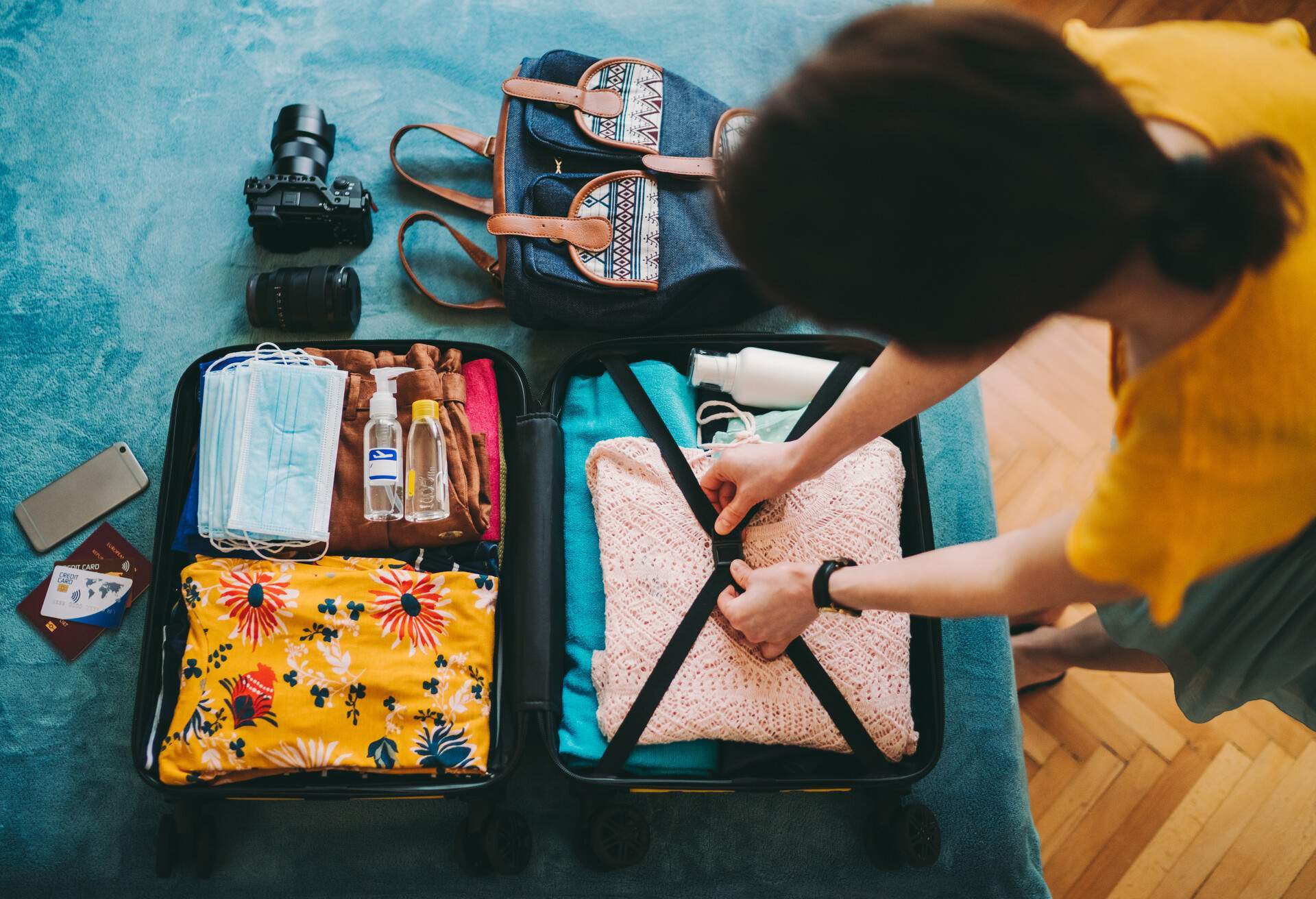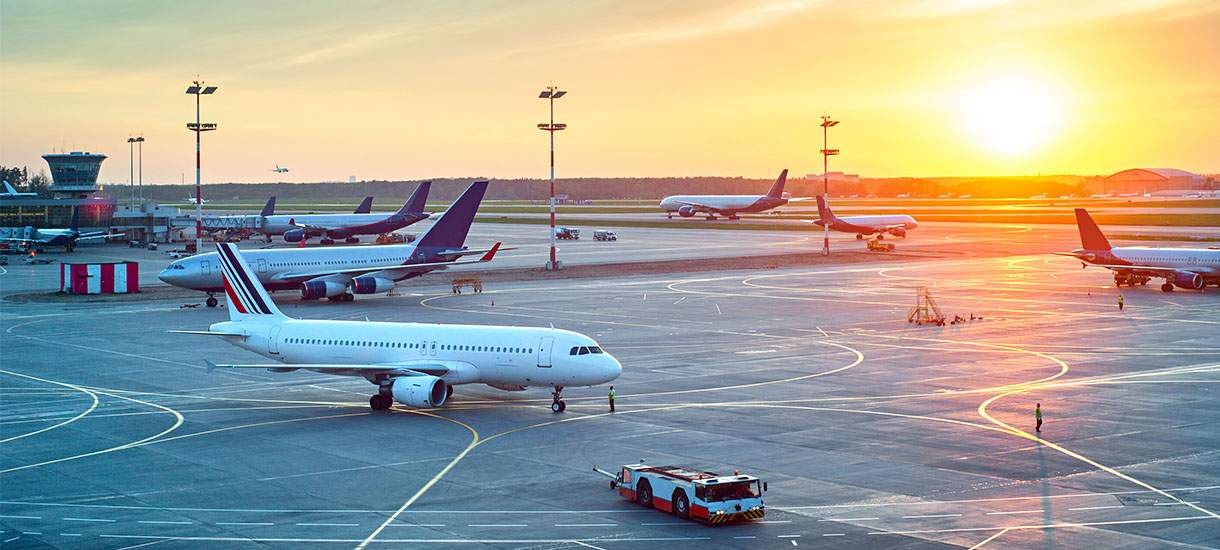Whether they do it for business or pleasure or something in between, a whole lot of people travel every year. According to the organization Sustaining Tourism, international tourism numbers have increased from 278 million arrivals in 1980 to 1.1 billion in 2015. These numbers are expected to grow to a whopping 1.8 billion by 2030. Luckily, this increase has recently drawn attention to the trend of sustainable tourism, with tourists aiming to travel green and explore the world in a way that minimizes damage to the earth.
There are many ways to keep the environment in mind while traveling without having to compromise on fun or put limitations on where you go. If you’re looking to travel responsibly, why not visit one of these top ecotourism travel spots where you can experience something new and make a difference? Regardless where you travel, consider these eco-friendly travel tips before you go.
Eco-friendly travel vs. ecotourism
Eco-friendly travel, or responsible travel, refers to making choices when you travel that help minimize environmental impact. That can mean anything from choosing hotels that have been LEED certified to eating at restaurants that use locally grown, seasonal produce. Comparatively, ecotourism is defined by The International Ecotourism Society (TIES) as “responsible travel to natural areas that conserve the environment, sustains the well-being of the local people, and involves interpretation and education.”
This guide focuses more on the former, helping you go greener no matter where you’re travelling next. For more information on the specifics of ecotourism, head to our blog on destinations for making a difference.
Before you go: Green pre-trip planning
Flight booked and ready to start packing? There are quite a few things you can do before you even leave the house that will have an environmentally positive impact on your vacation.
Pack green: Start off by packing as light as you can (do you really need that third pair of shoes?). When it comes to flying, every bit of weight counts since the more a plane weighs, the more carbon emissions it produces. And, instead of buying new mini toiletries every time you travel, why not load up your own go-to products in reusable travel containers? Not only will you be going green, but you’ll be saving a bit of money as well. As you’re packing, remember to recycle everything you can before you leave. We’re talking things like tags, boxes and anything else that’s better off in the blue bin at home, rather than a trash bin in your destination (and the same goes for anything you might pick up in your travels and be thinking about packing on your return trip).
Sip green: We all know that plastic is one of the worst things for the environment, and one of the biggest culprits for filling landfills is water bottles. If you’re going to a destination where it’s safe to drink the tap water, bring a reusable water bottle. Not only will you be doing your part for the environment, you’ll also save money on bottled water.
Carry green: Instead of accumulating endless plastic bags while you travel, which inevitably end up in the trash, bring a few reusable bags and keep one in your purse or daypack in case you buy anything while you’re out sightseeing or souvenir shopping.
Educate yourself: Want to take a deeper dive into learning how to travel sustainably? Organizations with a focus on sustainable tourism are working to help you do just that, with courses, workshops and programs both online and offline. One example is Sustainable Travel International‘s Travel Better Club. Travel Better offers online educational opportunities for travellers to help them learn about planning and executing sustainable trips, including how to research potential destinations, the specifics of what to pack and how to continue making a positive impact post-trip.
Green your flight
Airplanes burn through a lot of fuel, but you can still book a flight while also being an eco-conscious traveller.
Go direct: Start off by choosing a direct flight, if possible. We know it’s not always feasible to fly direct, and it can be the more expensive option, but not having to take off and land multiple times will cut down on carbon emissions. Takeoffs and landings use the most fuel during a flight.
Fly economy: Even if you can afford to splurge on business class, consider flying economy. The more passengers you have on a plane (as is the case in economy), the fewer the emissions per person for that flight.
Offset your time in the air: Help make up for your flight’s carbon emissions by purchasing carbon offsets. Many airlines are partnered with offset providers, but you can also purchase offsets through trusted companies. Some to keep in mind include Carbon Neutral Company, Climate Care and CarbonFund. Use the sites to calculate your emissions and the amount you would need to offset. For example, looking at CarbonFund, one passenger flying round-trip from Toronto to Bangkok has a travel footprint of 2.88 tons of CO2. That works out to $30 to offset the flight, in the form of about 25 to 30 trees planted.
Green choices during your stay
Whether you’re jetting to Bali for a few weeks of sun and surfing, or Boston for a weekend of sightseeing, make sure you’re doing your part to make greener choices.
Stay green: Consider staying at a hotel that has a green certification. In terms of green certifiers you can trust, a few to look for include LEED, Energy Star, Earth Check and Green Globe. In addition, when you’re at a hotel, there are a few things you can do to make your stay a little greener. Take shorter showers for starters. According to Sustaining Tourism, the average hotel guest uses over 300 liters of water per night and that goes up to around 1,800 liters in a luxury hotel. You can also reuse your sheets and towels rather than having hotel housekeeping change them daily. Also remember to turn off lights, air conditioning and any devices you’re not using when you leave the room.
Get around green: When you can, take public transportation rather than renting a car or using private transport so you’re not adding to carbon emissions. Walking and biking are also great modes of eco-friendly transportation. Bonus: taking public transportation is a great way to get a feel for local life no matter where you go, whether you’re riding the Skytrain in Bangkok or hopping on the Paris Metro. If you do need to rent a car, opt for a hybrid or something as fuel-efficient as possible.
Eat and drink green: Another easy way to travel more responsibly is to eat and drink local. This means eating at establishments that use ingredients that have been sourced locally, rather than imported. You can also make a greener beer-drinking choice by opting for the local brew, rather than something you can easily get at home, which had to be flown overseas to get into your glass.
Shop local: Whether you’re on the hunt for souvenirs or need to buy something for personal use while you’re away, try to choose goods made locally. It’s an easy way to make a greener choice while you travel and support the local economy while you’re at it.







